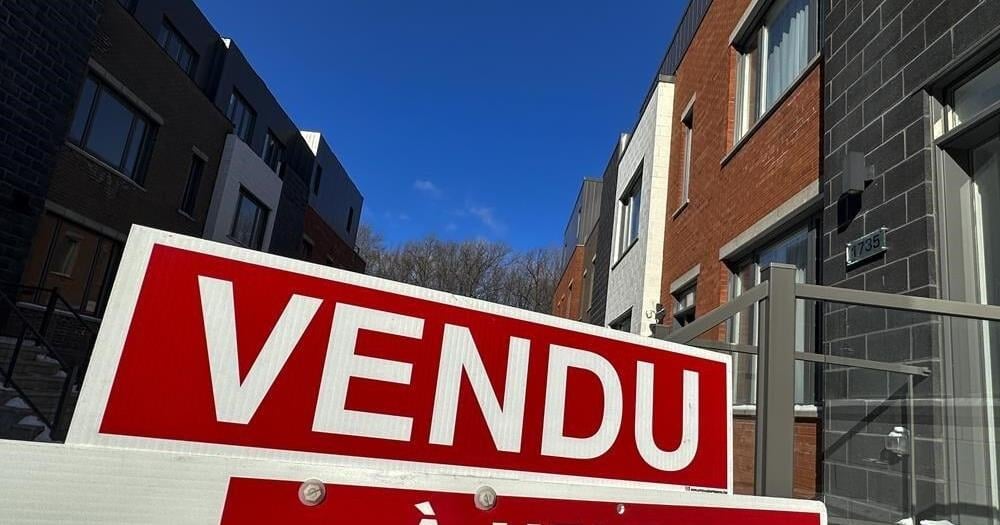In Ontario, a couple we’ll call Matt, 54, and Hillary, 50, make a good living, Matt in financial services, Hillary in a large service organization. They have a daughter in her 20s who is financially independent. Matt and Hillary bring home $9,892 per month and have prospered by trading up in the prolonged real-estate boom. A semi-detached house purchased a decade-and-a-half ago tripled in value in their downtown market. They now have a $1 million home, a $560,000 investment property, $204,000 of RRSPs, $4,800 in TFSAs and two cars, with an estimated total value of $21,800. For a couple who came to Canada 18 years ago, prosperity is a sign of their achievements.
But their financial picture is not all perfect. They owe $689,000 in mortgages, $25,000 on an investment loan for a poorly performing mutual fund, $17,827 for a car loan and $6,000 on a line of credit. This leaves them with a net worth of $1,057,273, about 82 per cent of which is tied up in real estate.
email andrew.allentuck@gmail.com for a free Family Finance analysis
“Hillary and I work for large employers and that does not give us a safe feeling,” Matt explains, adding that he is concerned they will not have enough saved for retirement. “The truth is that we live from paycheque to paycheque.”
Family Finance asked Eliott Einarson, a financial planner who heads the Winnipeg office of Toronto-based Exponent Investment Management Inc., to work with the couple.
Risk management
On a straight income basis, they are secure. Matt earns $69,360 gross per year or $3,714 per month after tax. Hillary earns $97,560 gross per year or $4,986 per month after tax. Their combined after-tax monthly income, including modest rental income from their condo, is $9,892 per month. They are in a very real sense millionaires on paper living on what they see as fragile income. In reality there is a buffer as some their monthly allocations go toward saving for their RRSPs, $766 per month, and TFSAs, $450 per month. They also accelerate their mortgage payments, which could be slowed in a pinch. Yet if one lost a job or the rental condo lost its tenant, the picture would change.
What to do? Reduce risks ASAP, Einarson says, starting with the rental condo.
It generates gross rent of $3,960 per year on their equity of $294,000. That’s a return of one per cent after deductions for repairs and a vacancy reserve. Sell it, the planner suggests. They can walk away with 95 per cent of the estimated $560,000 market price, $532,000, pay off the $266,000 mortgage and have $266,000 to invest more profitably.
Building net worth
They can use that money to add $64,700 to Matt’s Tax-Free Savings Account and $69,700 to Hillary’s TFSA, essentially catching up with the maximum lifetime contribution space of $69,500 per person as of 2020. That would boost their TFSAs to $139,200. The remaining cash, $131,600, can pay off their $17,287 car loan, $25,000 investment loan and $6,000 line of credit, leaving $83,313 for home-mortgage reduction from the present balance, $423,000, to $339,687 and taking two years off their amortization. They would be debt-free in 11 years.
Matt will have been resident in Canada for 29 years out of 40 needed for full benefits. He will therefore receive $5,374 from Old Age Security at 65. Hillary will have four more years of residence for 33 years at 65. Her OAS will therefore be $6,110 per month.
Their TFSA accounts would grow to a total of $261,570 in 11 years at 3 per cent after inflation. That capital would produce $13,345 annual income with no tax for the following 30 years at which time all income and capital would be paid out.
Retirement planning
Matt, with 11 years to age 65, must rely on his RRSP for the largest part of his retirement income. His $204,000 present value RRSP with additions of $9,192 per year for 11 years to his age 65 will grow to $403,645. With the same rate of growth, that capital will generate $19,994 for the following 30 years to his age 90. His Canada Pension Plan at 65 will add an estimated $6,840 to income. Finally, OAS would add $5,374 to income. This adds up to $32,208. After 12 per cent average tax, he would have $28,343. His half of TFSA income would be $6,673 per year, making his after-tax retirement income at 65 total $35,000. Assuming that Hillary is still working, she could add her after-tax salary, $59,832, to make combined after-tax income $94,832 per year or $7,900 per month.
They will no longer have $3,225 in mortgage payments, $627 of other debt costs to pay nor $200 property tax for the rental condo, $766 RRSP contributions, $450 of TFSA savings and perhaps $360 of life insurance to cover debts. That’s a potential annual savings of $5,600 per month, reducing their retirement budget by more than half present spending to about $4,300 per month. They would have $3,600 free and clear for spending or further saving.
At retirement at 65, Hillary will have a pension of $42,000, estimated Canada Pension Plan benefits at 65 paying $6,364 per year and $6,110 Old Age Security for what will be 33 years resident in Canada out of 40 years needed for full benefits. She has no RRSPs because, given her large company pension, RRSP savings would not be tax efficient. Her total income would be $54,474. After 16 per cent average tax she would have $45,758 plus her half of TFSA cash flow, $6,673 for total retirement income of $52,430 per year. Combined with Matt’s retirement income, $35,000, they would have $87,430 after tax. On a monthly basis, that’s $7,290. It would provide $2,990 free cash per month to save, spend or donate to their choice of good causes.
Financial Post
e-mail andrew.allentuck@gmail.com for a free Family Finance analysis
Retirement stars: three retirement stars *** out of five
`

























